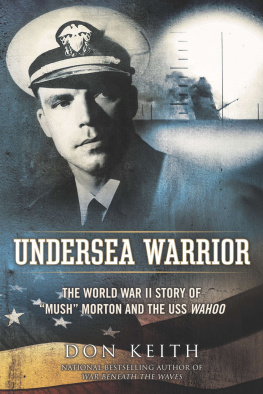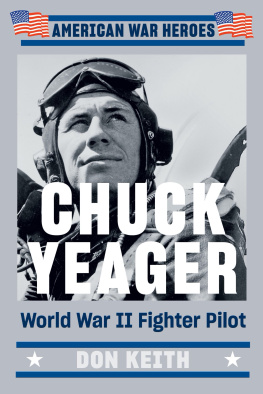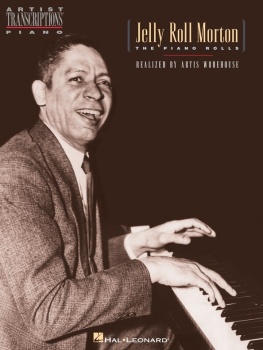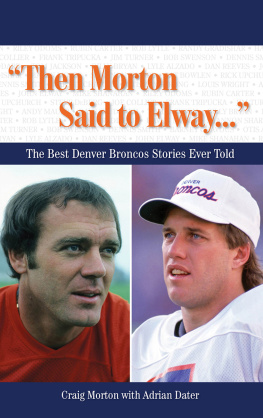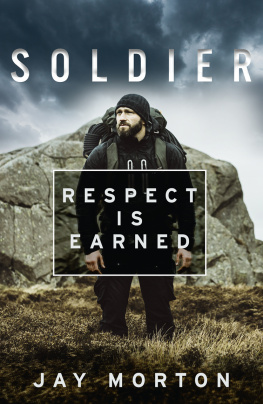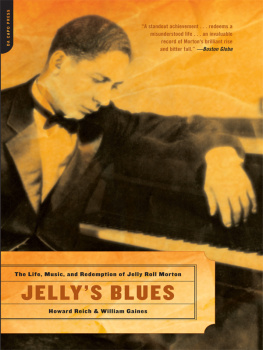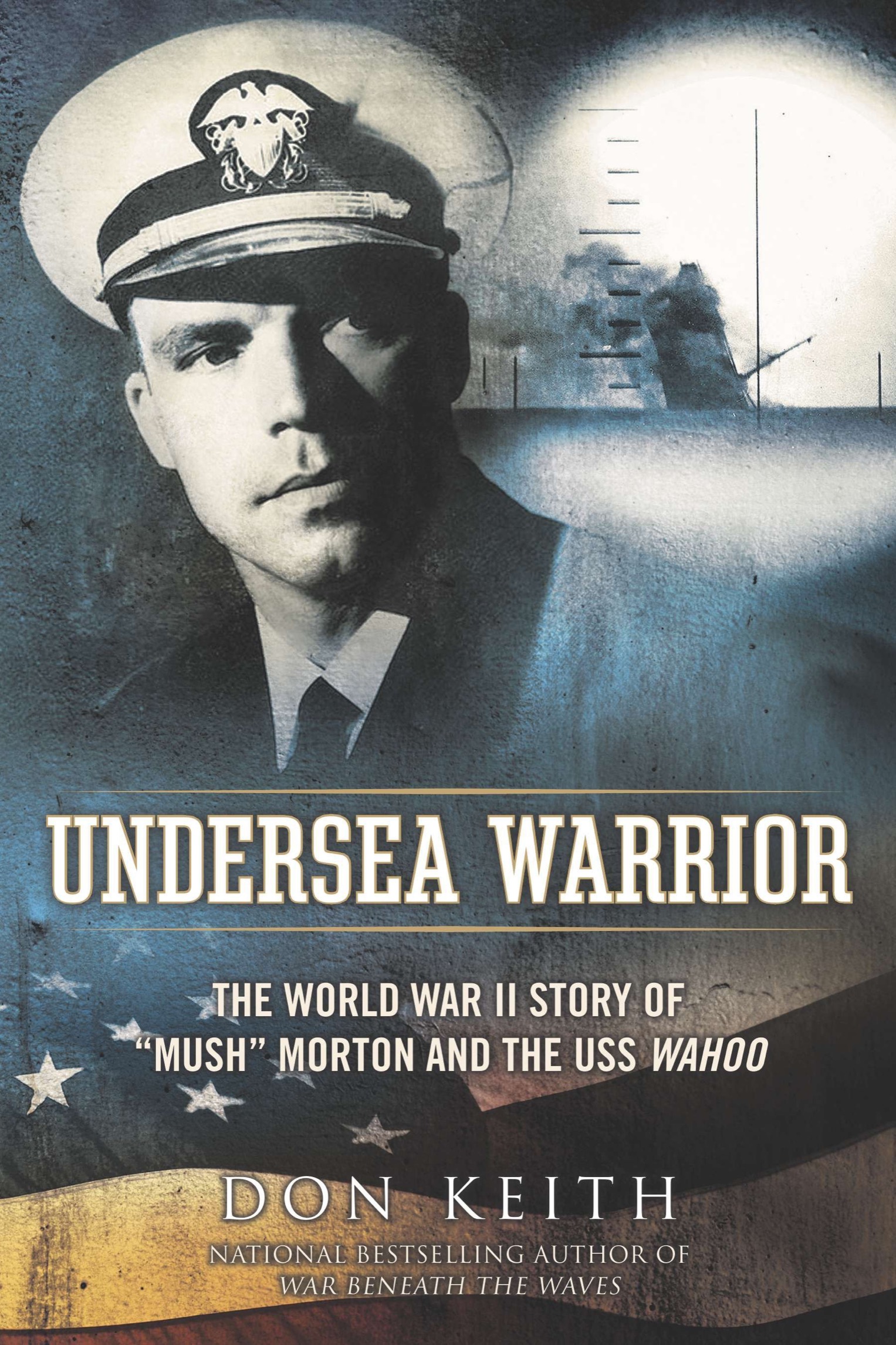Contents
Landmarks
Table of Contents
Also by Don Keith
Arabian Storm
Cuban Deep
Fast Attack
Hunter Killer
The Indestructible Man
Dream On
Dial Dancing
Dangerous Grounds
The Ship That Wouldnt Die
The Amateur Radio Dictionary
Get on the Air... Now!
Mattie C.s Boy
The Spin
Firing Point
Riding the Shortwaves
Undersea Warrior
On the Road to Kingdom Come
We Be Big
War Beneath the Waves
The Ice Diaries
Final Patrol
The Bear
In the Course of Duty
Gallant Lady
Final Bearing
The Forever Season
This book is dedicated to John Crouse, Bob Robison, Jon Jaques,
Paul Sniegon, Douglas Morton, Edna Morton Thirsher,
Mayna Avent Nance, Bryan MacKinnon, Ken Henry, George Wallace,
Bill Isbell, Charlie Rush, Charlie Odom, David Glaser, and
Larry Maggini, and, by the way, to every man and woman
who has ever pinned on the dolphins.
We rode on the winds of the rising storm.
We ran to the sounds of the thunder.
We danced among the lightning bolts
and tore the world asunder.
Robert Jordan, from The Dragon Reborn
The torpedo wake headed right for his stack. The explosion blew his midships section higher than a kite. Troops began jumping over the side like ants off a hot plate. Her stern went up and she headed for the bottom.... [Later] we surfaced to charge batteries and destroy the estimated twenty troop boats now in the water. There were boats of many types, scows, motor launches, cabin cruisers, and other nondescript varieties. At 1315 made battle surfaces and manned all guns. Fired 4 gun at largest scow loaded with troops. Although all troops in this boat apparently jumped in the water our fire was returned by small-caliber machine guns. We then opened fire with everything we had.
Lieutenant Commander Dudley W. Mush Morton, from his official patrol report about an incident in January 1943, during the third war patrol of the submarine USS Wahoo (SS-238)
PREFACE
Was that thunder? Was God about to backhand them again?
A misleading calm had settled on the surface of the sea where only minutes before stormy hell had raged. A 7,200-ton Japanese troop transport ship that had been steaming for the Solomons was now simply gone. Only debris, a haze of thick smoke, and a roil of oily water marked where she had suddenly disappeared, nose down. She sank so quickly it was hard to fathom for those now floating in the warm waters north of New Guinea.
A vessel that big could not have gone down so fast.
Once the torpedo punched a hole in her side, there had hardly been time for the prisoners of war crammed into her hold to get off the ship. Some, not so lucky, rode her down. Even then, many of the fortunate ones did not have life vests. Their captors did not provide them. They were forced to jump and swim frantically away from the inevitable suck as their ship broke apart and plunged downward.
The Japanese, on the other hand, had launched lifeboats. Then, from somewhere, a fleet of small vessels appeared and began taking on survivors. Japanese survivors.
The prisoners of war had to fend for themselves, frantically searching for any bit of floating wreckage. Some struggled for their lives with the Japanese, using their last bit of strength trying to wrest away a plank or life vest. There were echoless cries as men fought one another for anything buoyant. All were aware that sharks swam in these waters.
The Japanese had no doubt about what took their ship out from under them. Those on deck had seen the track of the torpedo that did them in. Saw another ship in their convoy go down. A third get wounded.
They fired their deck guns at the point from which the torpedoes came. Now that stealthy warship was almost certainly chasing after the heavily damaged vessel that had limped away wounded, disappearing over the horizon. She would make an easy target.
Then those in the water far enough away from the noisy motors of the scows and launches heard an ominous sound. It was a distinct clap of distant, grumbling thunder. It was not an explosion, not a storm. No, it sounded more like the deep-throated rumble of a powerful engine. Then, when the gentle roll of the waves lifted them high enough, they could see something dark gray on the horizon, its position marked by a smudge of smoke above it.
It was a submarine. The same one that had sunk them? Or maybe there had been more than one all along. A wolf pack.
The POWs who saw it, who realized what it was, cheered. The Americans were coming back to rescue them. To end their months of hell, their days of being jammed together in the fetid, stifling hold of the troopship, swimming in their own waste and vomit, a truck parked over the hatch cover to prevent them from getting to the deck and fresh air.
But how could such a cramped vessel take on so many men? Hundreds of Indian prisoners of war. Maybe they would chase away the Japanese boats and summon help, though.
Maybe their ordeal was finally over.
Then the submarine was close enough that they could see men scurrying about on her decks, manning her deck guns. Others perched on her bridge, looking their way through binoculars.
As the slick gray iron eel drew closer, the Indian prisoners frantically waved anything they could find that might serve as a white flag, shouting, POW! POW! Indian POW!
Suddenly the biggest deck gun on the submarine belched smoke and launched a shot toward one of the canopied motor launches. Japanese soldiers dived overboard even though the shell was a miss.
Then, from behind them, the staccato ack-ack-ack of a machine gun drowned out their cries. Some could hear the sizzle of the bullets as they passed mere feet over their heads. The Japanese were firing back at the American boat. There were also a few cracks of sidearm or rifle fire, too, though the submarine was well out of their range.
All three deck guns on the submarine swung to the direction of the machine-gun fire, as if they were needles of a compass tugged by some strong magnetic pull. One of the guns snarled. The bigger one again, coughing, spitting fire and smoke. Then all three deck guns were barking, aiming at the assortment of boats that held many of the surviving troops. Aimed, too, at the men in the water, Japanese and prisoner of war alike. Sailors with automatic rifles were also on the submarines deck, firing methodically, repeatedly, at men who floated in the sea.
The men in the water looked for cover. They found none.
INTRODUCTION
When a natural leader and born daredevil such as Mush Morton is given command of a submarine, the result can only be a fighting ship of the highest order, with officers and men who would follow their skipper to the Gates of Hell.
Admiral Charles Lockwood
Success in war often comes through improvisation. Enemies, technology, geography, timing, and other factors dictate how a war is to be fought. The American Revolution is a prime example of what happens if warriors do not adapt to the nature of combat in which they find themselves. Those who introduce new tactics and develop better methods of blowing things up and killing people usually prevail, even if outnumbered. That is especially true if the other side in the conflict is slow to react, loath to change, or simply unable to do either one.

